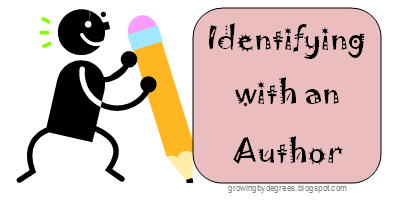Rules are sometimes made
to be broken, though, right? Writers break the complete sentence rule
all of the time, using fragments to their advantage.
When I began reading Eileen Spinelli's The Best Story, I noticed fragments. Plenty of them. (Whoops. There's one of my own.)
Use
Spinelli's book with your students, giving them a closer look at
fragments. Start by reading the story together, being reminded that the
best stories we write come from our hearts.
Okay, now for some grammar in context. Look at page 2.
I ran home.
Went to my room.
Shut the door.
I sharpened five pencils.
Opened my notebook to a brand-new page.
And thought.
And thought.
And thought.
And all I could think was this writing stuff was hard and lonely.
Maybe I needed help.
How
many sentences do we have here? If your students think sentences start
with a capital letter and end with a period, we have ten. In that case,
maybe
Mr. Morton of Schoolhouse Rock can teach them about the essential parts of a sentence.
Test Mr. Morton's lesson with two-word sentences
here, finding the subjects and predicates.
Now return to Spinelli's text. Look at the first line. Is there a subject? Yes. Is there a verb? Yes. It passes the test.
How about the second line. Is there a subject? No. What subject can we add to make it a sentence?
Continue through each line, writing the revised sentences line by line as Spinelli does.
When you are finished, compare the two lists. What do your students think? Why do they think Spinelli chose to use fragments instead of complete sentences?
Now revise the first eight lines, linking them with commas, so they are all part of one longer sentence. How does it compare to the other two lists? Which one do they prefer?
Read the story a second time, pausing at fragments and discussing how to "fix" them.
Bonus:
Look at page one, where it says "Write the best story. Win first
prize." Discuss with your student whether these are fragments or
sentences.
A Second Bonus: Do you remember
teachers telling you never to begin sentences with and, but, or so?
Maybe Spinelli is rebelling against language arts teachers or something
because most of her sentences start with one of these three
conjunctions. Again, discuss why she may have chosen to do this. How would the text sound if these words were eliminated?
A Little More Practice:
If your student tends to use fragments unintentionally, pull out some
of her pieces to analyze and revise. If your student has sentence sense,
ask him to sprinkle a couple of fragments in an assignment to see if he likes the effect.
Gopher sentences come from Steps to Writing Well by Jean Wyrick.





















